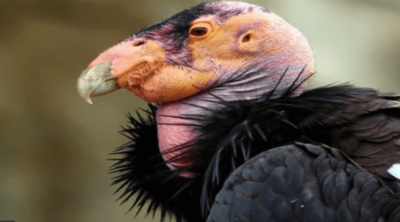The colorful beauty and elegance of flamingos has always captured our attention. They preen for hours. And a flock of flamingos is a truly magnificent sight. Here’s some fund Flamingo facts.
These birds are social. With hundreds of birds participating together they have impromptu displays of “head-flagging,” “wing salutes” and “marching”.
The word “flamingo” comes from the Spanish adaptation of “flamengo” or “flamenco”. These words derived from “flamma” , the Latin word for ‘ flame’.
Flamboyance is an appropriate description of the flamingo.
How to Recognize a Flamingo
Most species of the flamingo are large, and grow on average 36 to 50 inches in height. And they have wingspans of up to 60 inches. The average flamingo weighs about 9 lbs.
Basically, the “Greater Flamingo” , the largest species, grows up to 5 feet tall. And the “Lesser Flamingo” is the smallest which is around 3 feet tall.
They are gray colored at birth. And develop shades of pink and scarlet plumage.
This bird’s color pigmentation comes from their diet of carotenoids. They eat small crustaceans, plankton, tiny fish and algae which are rich carotene. This turns their feathers and skin pink or reddish.
The bird has a distinctive appearance. They have long slender necks, which consist of 19 bones. They have long slender legs, webbed toes and jet black beaks.
Flamingos feathers and beaks are made up of a tough keratin material.
Where Can You Find Flamingos?
These adaptable birds favor habitats of warm climates within tidal flats, shallow lakes, lagoons, swamps, and sandy islands. Their vast habitats include estuaries. And they are found on most continents.
Flamingos are defenseless creatures which do not fight back and simply fly away when they feel threatened.
Flamingos live in groups settings called flocks or colonies. They prefer large flocks for safety against their natural predators. They tend to be especially vulnerable while eating with their heads underwater. While they feed, flamingos hold their breath.They prefer to nest in close proximity to other flamingos.
The Nesting Habits of Flamingos
They prefer to nest in close proximity to other flamingos.
Both male and female equally shared parenting responsibility. They pile up mud to build the nest together.
The female birds lay only one egg every year. Both parents participate in incubating the egg. After 30 days the egg hatches to produce a chick.
Both males and females feed and nurse the baby bird. Mother and father both secrete a milk substance to nourish their young. When the baby beak is developed they are able to hunt for their own food.
Flamingos make different sounds. They can growl, honk and grunt.
The Flamingo’s lifespan is between 20 to 30 years in the wild. And they could live in captivity for up to 50 years.
The Andean Flamingo has been categorized as a vulnerable species. The International Union for the Conservation of Nature (IUCN) has reported there remain only 30,000 of them still living in the wild.
Three Final Flamingo Facts
- Ancient Egyptians believed that flamingos were akin to sun god Ra.
- Ancient Romans ate the flamingo tongue as a delicacy.
- The Flamingo eye is larger than its brain.


